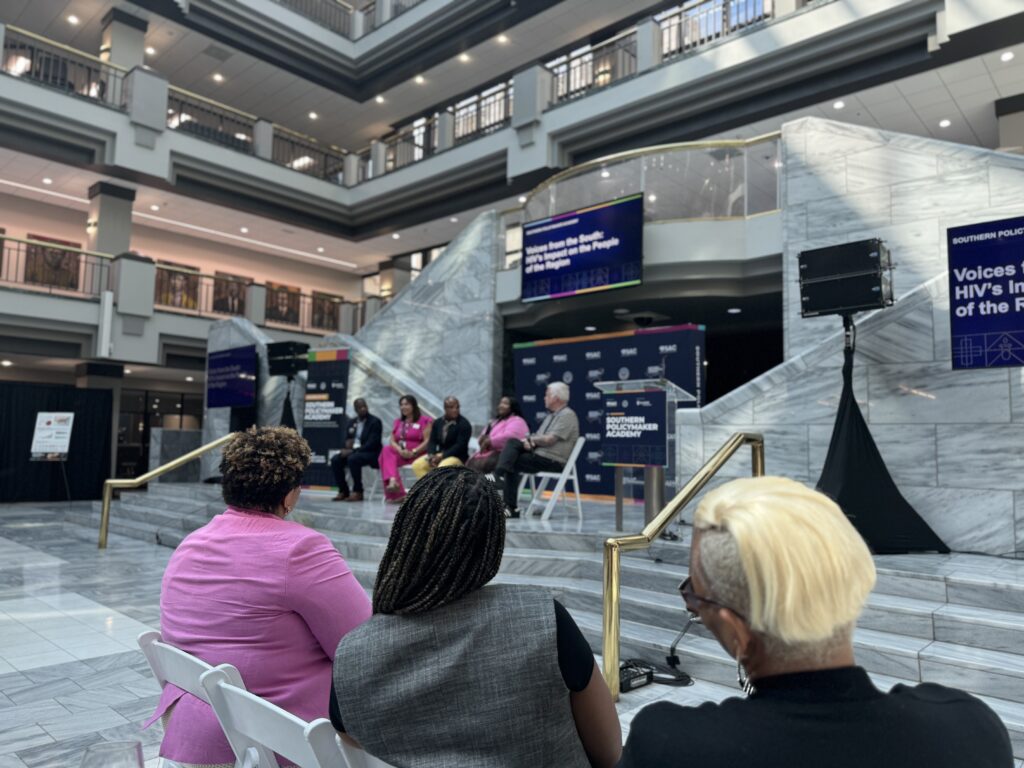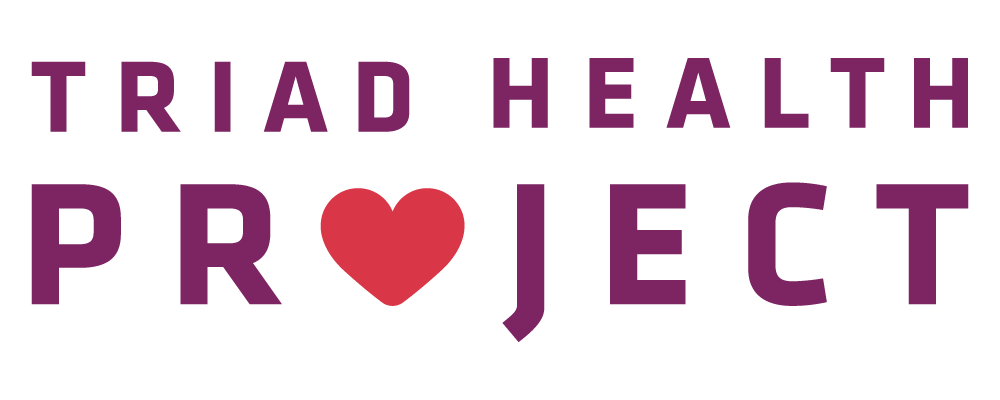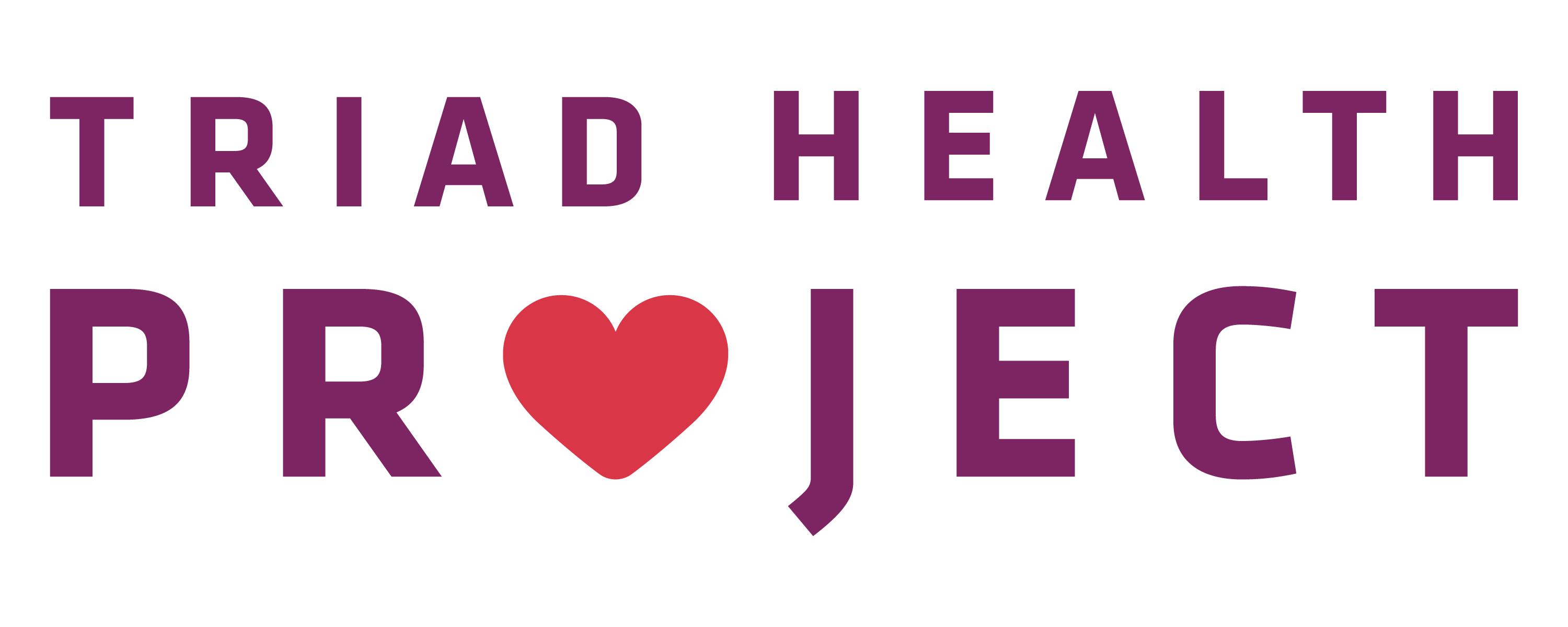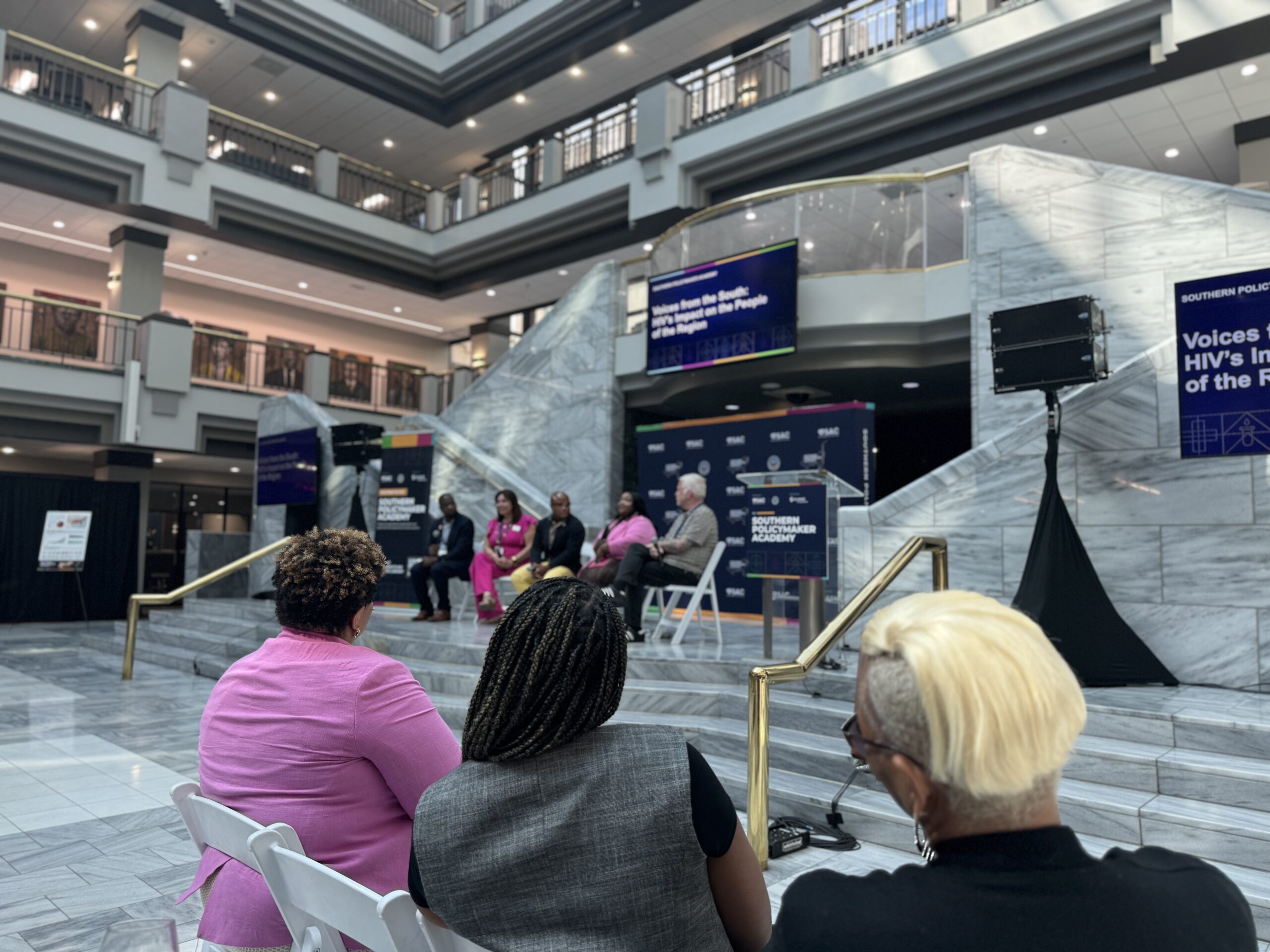Key Takeaways from Southern Policy Makers Academy 2024
By Adriana Adams, THP’s Executive Director

Here in the South, we carry the less than desirable distinction of being the region in the US most heavily impacted by HIV. To take a closer look at data and even explore a map, you can visit AIDSVu.org. The bottom line: HIV has settled in Southern states at higher rates than other parts of the country, and communities of color in the South face even higher disparities.
The good news? Those who work in HIV care and advocacy are laser-focused on leveling the playing field and making sure those in the South are receiving the resources, time, and attention needed to combat this epidemic.
Last week I had the privilege and pleasure to gather with a group of HIV and sexual health advocates from all corners of the South in Atlanta, Georgia to spend time with policy makers for Southern AIDS Coalition’s (SAC) Southern Policy Makers Academy 2024.
Our goal? For southern policymakers to learn from people living with HIV and advocacy leaders about the critical issues facing their constituents and from that learning, develop strategies for aligning on bipartisan policy.
After spending time hearing from Federal, State, and local government officials as well as advocates and leaders working in all forms of HIV advocacy and care, I was overwhelmed. Overwhelmed by the juxtaposition of all the well-intentioned, hard-working people delivering services all over the South as well as the seemingly willing politicians and policymakers against the data and disparities we are trying to combat. If everyone is on board- what is the issue?

Though I’d never claim to have all the answers, I have seen some gaps in the way government and community-based organizations typically work together.
Here are a few shifts that I believe would help us change the trajectory of not only HIV in the South but a multitude of other social ills:
- Comprehensive Strategy is Key, and Comprehensive Strategy is MISSING
Since Federal dollars are being funneled to states, who in turn funnel dollars to counties who in turn funnel dollars to local, community-based organizations to fill gaps and connect with the community, those organizations and the community members they represent should be present at strategic planning sessions with the state and county BEFORE budget decisions are made. Too often, funds and resources are pooled at the top rungs of the ladder when those at the lower rungs hold key solutions for solving problems that plague larger systems. Until those that hold the solutions are setting the strategy we’ll continue to end up resource rich yet siloed locally.
- Restructuring Funding Could Change the Game
When we start talking dollars, people get squirrely. However, when you connect the dots between the data, the resources available to communities, and where community members truly seek to connect with resources, we must talk about restructuring philanthropy and requests for funding. Too many dollars are being poured into strategies that aren’t informed, designed, and delivered by communities. If we put less dollars into government-run entities and more dollars into highly accountable community-based organizations, we could create a model of care that is more responsive and easily accessible. Many of these lessons were learned during Covid-19. In crisis people sought out community health centers and community-based organizations they were familiar with for information and resources. Eliminating the “red-tape” to get funds and resources into the hands of these community-based organizations during this Covid Era was key for this strategy to work. What if we applied these strategies all the time? Why can’t we?
- Relationship Building Over Resource Mapping
Every time our local government decides to focus on a social ill, an outside consultant group is brought in to do resource mapping. In Guilford County alone we must have created 20 different resource maps for things ranging from food resources to educational resources to medical clinics. Since the trend is to now focus on “upstream solutions” and “social determinants of health” no matter what cause you are trying to correct, many of these maps either completely overlap or are identical to one another. I can agree that knowing where resources are is important, however repeating this exercise over and over is not having the impact that everyone wants it to have. Connecting to resources and connecting resources to each other (eliminating siloes), happens through RELATIONSHIP BUILDING not resource mapping. Community-based organizations have been doing this for years. We know that from grants to getting someone housed, who you know counts. But for too long its been expected for community-based organizations to make all of these connections, to seek out partnerships, to knit our community together. We need our local government to join us in the work of relationship-building to truly make an impact. Instead of convenings, task forces, and committees, visit our organizations. Invite us to your meetings. Volunteer. If you are going to create a task force, require a government official to attend every meeting so that work that is done throughout the year isn’t undone once a budget is made. Get deeply knowledgeable about a topic and ALL of the organizations in your community are already working toward solving the issue. Then we can really convene. Then we can strategize—together.
Strategy, funding restructuring, and relationship building. If I had to choose one to start with, it’d be relationship building. And at THP, where all are welcome, we’re ready to host anyone who’d like to learn more about sexual health and justice. Give us a call- we’re waiting!


